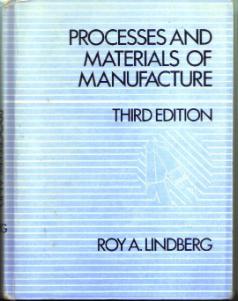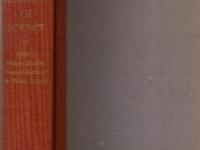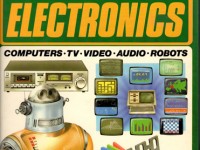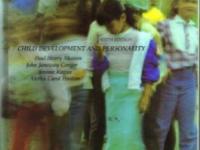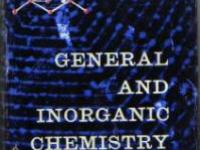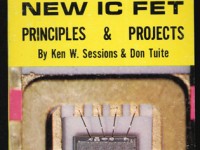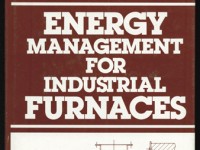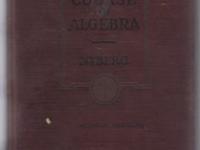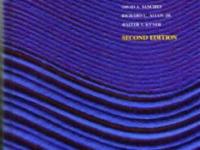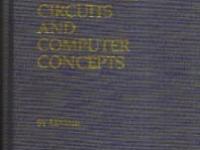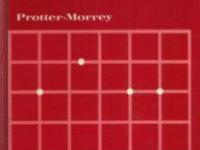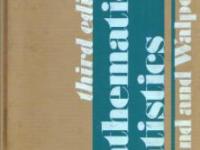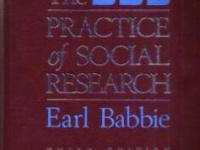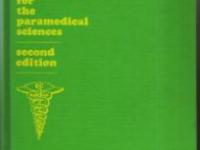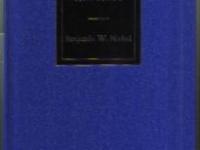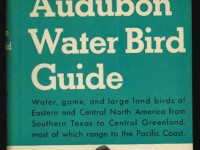PROCESSES AND
MATERIALS OF
MANUFACTURE
- Hardback book by Roy A. Lindberg
- Over 845 pages
- Third Edition
- Copyright © 1983, 1977, 1964 by Allyn and Bacon, Inc.
Contents includes:
" PREFACE
Chapter One
ENVIRONMENT, ENERGY, SAFETY, AND CHALLENGES OF MANUFACTURING
Changes and Safeguards
The Challenge of Manufacturing
Problems
Case Study
Bibliography
Chapter Two
MATERIALS, STRUCTURES, PRPOERTIES, AND FABRICATING CHARACTERISTICS
Crystal Structure
Properties of Metals
Mechanical Properties of Materials and Design
The Role of Alloying Elements in Steel
Heat Treatment
Fabricating Characteristics of Ferrous Metals
Plain Carbon Steels
Alloy Steels
Tool Steels
Cast Steel
Cast Iron
Stainless Steel
Light Metals and Alloys
Copper and Copper-Base Alloys
Organic Materials
Elastomers
The Revolution of Rubber and Plastic
Composite Materials
Problems
Case Study
Bibliography
Chapter Three
METAL-CUTTING THEORY AND PRACTICE
Mechanics of Metal Cutting
Selection of Cutting-Tool Materials
Cutting-Tool Comparison
Tool Geometry
Tool Failures
Tool Life
Tool Forces
Horsepower for Machining
Metric Power Calculations
Machinability
Metal-Cutting Economics
High-Speed Machining
Cutting Fluids
Problems
Case Study 1
Case Study 2
Bibliography
Chapter Four
TURNING MACHINES
Lathe Operations
High-Production Lathes
Numerical Control (NC) for Lathes
Lathe Selection
Problems
Case Study Questions
Bibliography
Chapter Five
HOLE MAKING AND SIZING OPERATIONS
Drilling
Drill Materials and Cost
Boring
Hole Punching
Problems
Case Study 1
Case Study 2
Bibliography
Chapter Six
STRAIGHT AND CONTOUR CUTTING
Straight or Plane Surface Machining
Straight and Contour-Cutting Machines
Milling-Machine Classification
The Milling Process
Milling Methods
Planning for Production Milling
Milling-Cutter Geometry
Broaching
Broaching Machines
Sawing
Problems
Bibliography
Chapter Seven
GRINDING AND RELATED ABRASIVE-FINISHING PROCESSES
Abrasives
Problems
Bibliography
Chapter Eight
METAL FORMING
Formability
Forming Processes
Problems
Bibliography
Chapter Nine
METAL-CASTING PROCESSES
Sand Casting
Nonexpendable Mold-Casting Processes
Casting Process Considerations
Casting Design Principles
Questions and Problems
Bibliography
Chapter Ten
PLASTIC-MOLDING PROCESSES
Casting and Molding Processes
Thermoforming
Questions and Problems
Case Study
Bibliography
Chapter Eleven
POWDERED METALLURGY
Metal-Powder Production
Superalloy-Powder Production
The Powder-Metallurgy Process
Questions
Case Study
Bibliography
Chapter Twelve
ARC-WELDING PROCESSES
Arc Welding
Shielded-Metal Arc Welding (SMAW)
Flux-Cored Arc Welding (FCAW)
Gas Metal-Arc Welding (GMAW)
Gas Tungsten-Arc Welding (GTAW)
Plasma-Arc Welding (PAW)
Submerged-Arc Welding (SAW)
Electroslag Welding (ESW)
Stud-Arc Welding (SW)
Arc-Welding Summary
Questions and Problems
Bibliography
Chapter Thirteen
GAS WELDING AND RELATED PROCESSES
Oxyacetylene Welding
Brazing
Soldering
Flame Cutting
Plasma-Arc Cutting (PAC)
Oxygen-Assisted Gas-Laser Cutting
Hard Facing
Strip Overlay Welding
Questions and Problems
Case Study
Bibliography
Chapter Fourteen
RESISTANCE AND SPECIALIZED WELDING PROCESSES
Spot Welding
Seam Welding
Projection Welding
High-Frequency Resistance Welding
Resistance Butt Welds
Specialized Welding Processes
Solid-State Welding Processes
Questions and Problems
Case Study
Bibliography
Chapter Fifteen
WELDING DESIGN, METALLURGY, AND INSPECTION
Welded-Joint Design
Allowable Stress of Welded Joints
Welding Symbols
Welded Connections
Distortion
Welding Positioners and Fixtures
Welding Metallurgy
Weldability
Controlling Weld Defects
Controlling Weld Cracks
Weld Inspection
Destructive Testing
Economics of Welding
Questions and Problems
Case Study
Bibliography
Chapter Sixteen
ADHESIVE BONDING
Classification of Structured Adhesives
Surface Preparation
Adhesive Application and Care
Adhesive-Joint Design
Adhesives and Temperature
Questions and Problems
Case Study
Bibliography
Chapter Seventeen
AUTOMATION
Sequencing Controls
Automatic Position Control and Measurement
Automatic Assembly Machines
Automatic Assembly
Industrial Robots
Transfer-Line Automation
Automation Trends
Questions and Problems
Bibliography
Chapter Eighteen
NUMERICAL CONTROL
NC Operation
Open- and Closed-Loop Control Systems
Adaptive Control
The Coordinate System
Positioning
Position Programming
Interpolation
Programming by Scanning and Digitizing
Editing
Tape Format
Machining Centers
Computers in NC and Manufacturing
Computer Input and Output (I/O)
Computer Systems
Computer Control
Advantages of Computer Control
Software and Post Processing
Processor Languages
Evaluation of Processor Languages
Computer Control of NC
CNC and DNC
Programmable Controllers (PC)
CAD/CAM
The Automatic Factory
Problems
Case Study 1
Case Study 2
Bibliography
Chapter Nineteen
GROUP TECHNOLOGY
Plant Layout
Classification and Coding Systems
The Opitz Classification System
The CODE System
The MICLASS System
Coding Benefits
Advantages of Group Technology for Group Scheduling
Problems Associated with GT
Group Technology and NC
Problems
Case Study 1
Case Study 2
Case Study 3
Bibliography
Chapter Twenty
NONTRADITIONAL MATERIAL REMOVAL PROCESSES
Photochemical Machining
Electric-Discharge Machining
Electrochemical Machining
Electrochemical Grinding
Abrasive Jet Machining (AJM)
Laser-Beam Machining
Electron-Beam Machining (EBM)
Problems
Bibliography
Chapter Twenty-One
MEASUREMENT - QUALITY CONTROL - PRODUCT LIABILITY
Measurement
Inspection, Quality Control, Reliability, and Product Liability
Problems
Bibliography
Chapter Twenty-Two
PROTECTIVE SURFACE TREATMENTS
Metal Cleaning
Protective Metal Coatings
Problems
Bibliography
APPENDIX
Table A Properties of Metal
Table B Suggested Cutting Speeds for Lathe Work
Table C Application of Carbides
Table D Materials Machinable by Ceramic
Table E General Properties, Cost, and Fabricating Methods of Plastics
Table F Thermosetting Plastics
Table G Unclassed Plastics
Table H Metric Conversion Factors
Table I Basic Welding Symbols and Their Location Significance
INDEX "
The book is in good condition with moderate edgewear to the cover.
No torn or ripped pages.
There are a few pages with some underlining and highlighting.
The side edges of the pages have some marks/ dirt smudges mostly visible from the side view.
|




